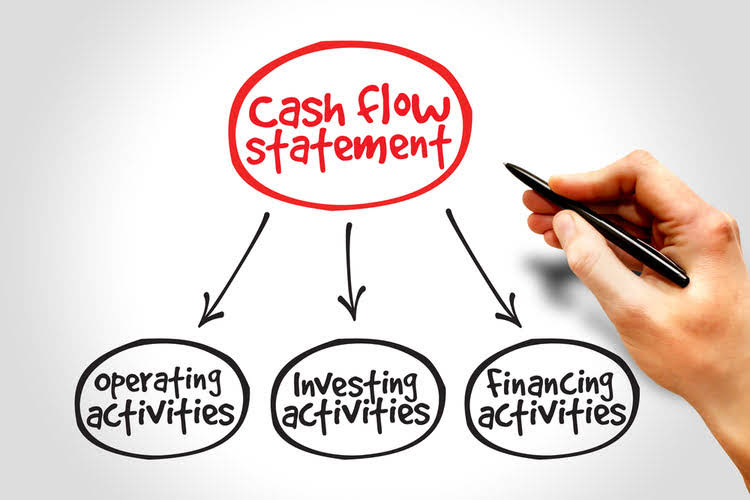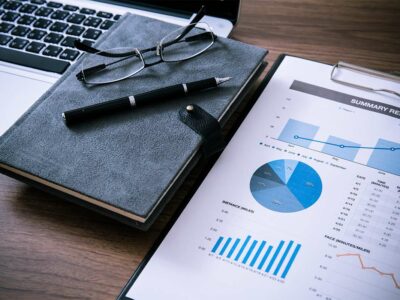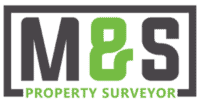
Liabilities play a major role in understanding your business’s profitability. To keep track of debts, record liabilities on the right side of the balance sheet. You should continually make records as you incur new debt and pay existing debt.
Liability vs Expenses: An Overview of Differences

For example, a manufacturing entity would be required to pay rent to the owner of its factory building and wages to its workers so as to carry on its production activities. While liabilities represent what a company owes, assets represent what it owns or controls, which provides economic value. Assets and liabilities are opposite sides of the balance sheet equation, with assets driving business growth and liabilities often funding that growth. Ramp is the finance automation platform designed to save your business time and resources. With Ramp, you get corporate cards, expense management, bill payments, accounting automation, and reporting—all in one easy-to-use platform.
Difference between expense and liability

For instance, your utility bills are an expense and a liability in the bookkeeping. When you pay for the bill, the bank balance reduces and settles the payroll liability. For example, if assets are increasing and the liabilities are stable, then equities will increase.

Non-current assets:
Taking a loan for business or getting a mortgage in business real estate also counts as liabilities. If a liability is money you owe, then why isn’t it just an expense? Well, when a business incurs any sort of cost, it’s a liability until it’s paid. The idea of having liabilities, and therefore owing money, might be daunting for a business but it’s not necessarily a bad thing. Most businesses have liabilities and they are usually a result of necessary growth. For instance, buying new equipment on Bookstime credit creates financial liabilities in the business, but it also means you have the tools you need to run the business and make it a success.
Free Course: Understanding Financial Statements
By operating with cash, you have to handle cash on your own in terms of give and take. As a business owner it’s important that you use your financial reports to keep track of what you owe to ensure liabilities are manageable. These five financial statements could produce five types of financial statements for are liabilities expenses the entity’s stakeholders using. Everything listed is an item that the company has control over and can use to run the business.
- This financial statement is used both internally and externally to determine the so-called “book value” of the company, or its overall worth.
- This enables decision-makers to prioritize their payments and allocate resources accordingly.
- We expect to offer our courses in additional languages in the future but, at this time, HBS Online can only be provided in English.
- See some examples of the types of liabilities categorized as current or long-term liabilities below.
- These debts usually arise from business transactions like purchases of goods and services.
Payroll software like QuickBooks Payroll can help streamline your process and seamlessly track liabilities and expenses. The expense was posted in March when the restaurant employees worked the hours. Revenue in March is matched with March expenses, including the $3,000 in payroll costs. The accrual method posts payroll liabilities and expenses in the same period. In a sense, a liability is a creditor’s claim on a company’ assets.
Contingent liabilities
We briefly go through commonly found line items under Current Assets, Long-Term Assets, Current Liabilities, Long-term Liabilities, and Equity. Accrual accounting presents a more accurate measure of a company’s transactions and events for each period. Cash basis accounting often results in the overstatement and understatement of income and account balances. As long as you haven’t made any mistakes in your bookkeeping, your liabilities should all be waiting for you on your balance sheet. If you’re doing it manually, you’ll just add up every liability in your general ledger and total it on your balance sheet.
- A liability is generally an obligation between one party and another that’s not yet completed or paid.
- Use payroll software to generate a payroll-liability balance report each time you process payroll.
- A critical component to accrued expenses is reversing entries, journal entries that back out a transaction in a subsequent period.
- Find the best trucking accounting software for your business with our comparison guide.
- Accrued expenses mean when a company uses something, like its materials, but hasn’t gotten a bill yet.
- Our mission is to equip business owners with the knowledge and confidence to make informed decisions.
What else is included in our accountancy packages?
Most often the portion of the long-term liability that will become due in the next year is listed as a current liability because it will have to be paid back in the next 12 months. Accounts payable is the total amount of short-term obligations or debt that a company has to pay to its creditors for goods or services bought on credit. The vendor’s or supplier’s invoices have been received and recorded.
Financial Reconciliation Solutions
Equity may be in assets such as buildings and equipment, or cash. Understanding the concepts of liabilities and expenses is essential when preparing financial records since they impact a business firm’s financial reports in different ways. The balance sheet doesn’t just help you see how much your company owes. It also helps you secure financing from a bank, lender, or investor. A creditor might ask to review your balance sheet to determine the level of risk involved in working with you. The higher your liabilities, the bigger risk you are to the creditor.









